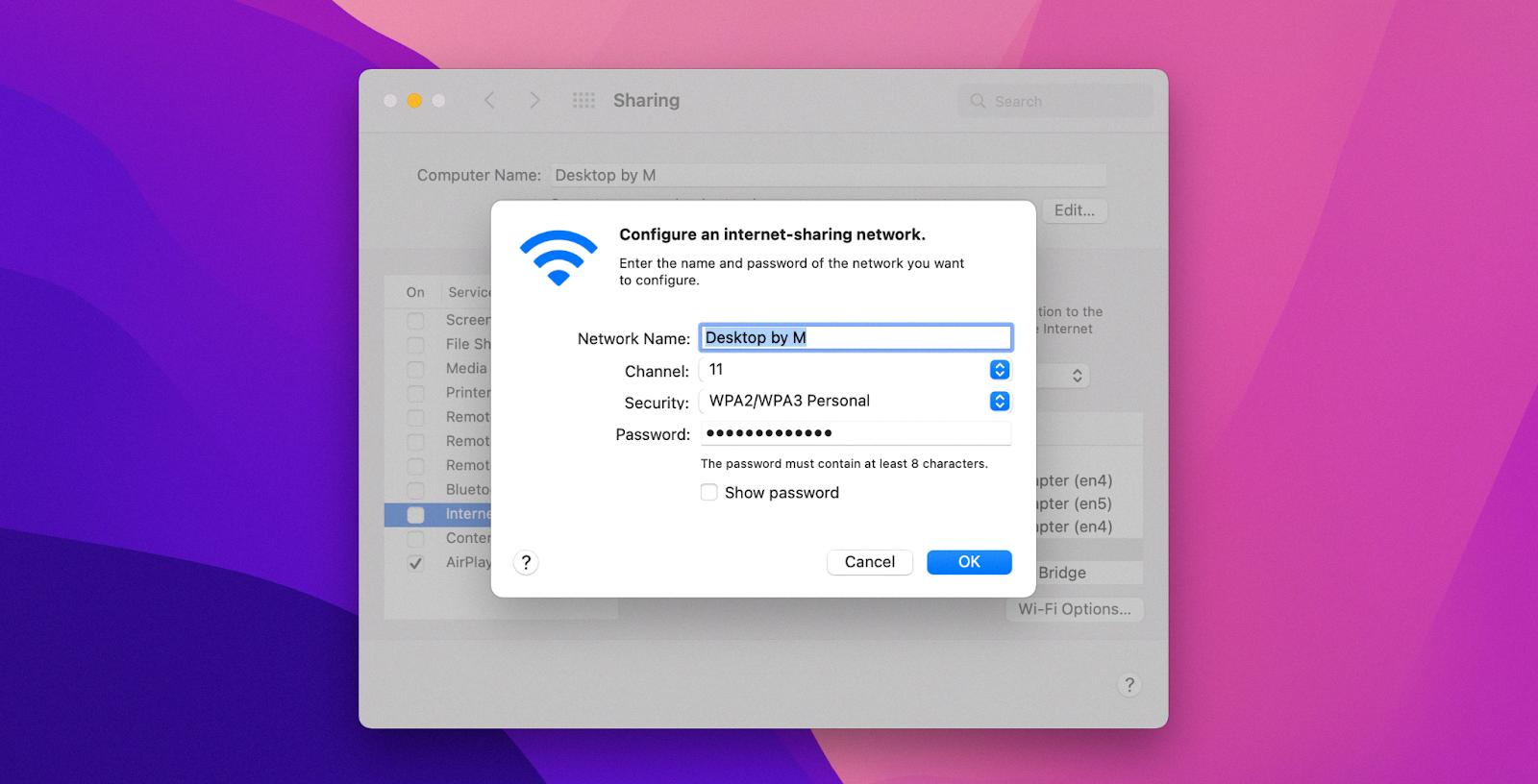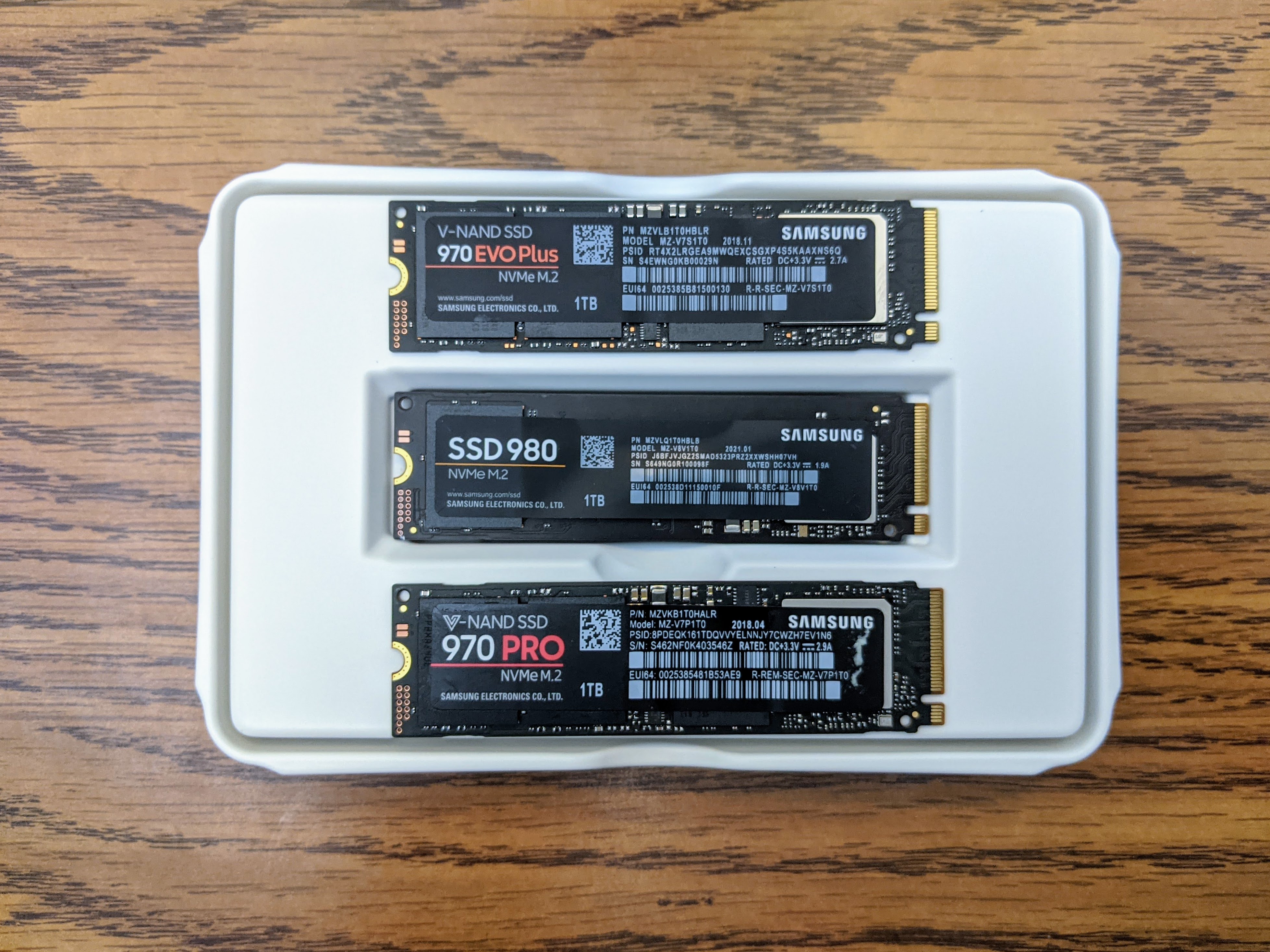Do you ever feel frustrated by slow Mac WiFi? Is your Mac WiFi taking forever to load websites or streaming services? If so, you’re not alone. Many Mac users suffer from slow Mac WiFi and don’t know how to make their connection faster.
Fortunately, there are a few steps you can take to speed up your Mac WiFi connection. Here’s what you need to know:
1. Check the Router Settings – Start by checking the settings of your router. Make sure that all the recommended settings for Wi-Fi routers and access points are in place. Install any available firmware updates as well, as recommended by the router manufacturer.
2. Reset Your Network Settings – If your router settings appear correct, try resetting all network settings on both your router and your Mac computer. This will ensure that all recent changes to the network configuration are reverted back to their default state, which could help improve speeds on both ends of the connection.
3. Upgrade Your Wireless Card – If you’re still having trouble with slow speeds, consider upgrading your wireless card or adapter if it’s an older model. For example, if you have an older MacBook Pro that came with an 802.11n wireless card, upgrade it to an 802.11ac card for better performance on newer routers and networks with more bandwidth available for faster speeds.
4. Change Your Channel – It may also help if you change the channel on which your router is broadcasting its signal from time to time in order to avoid interference from other nearby networks or devices using the same channel frequency as yours (especially if there are many neighbors using wireless networks). To do this, use a tool such as Wi-Fi Scanner by Ambrosia Software or Network Utility from Apple (available in Applications > Utility folder).
5. Move Closer to the Router – You should also move closer to the router when possible in order to reduce signal interference (especially if you’re further away than 10 meters). This will ensure that your signal strength is higher for better connection quality and speedier download/upload times overall.
By following these tips, you should be able to make your Mac WiFi faster and enjoy the better performance when browsing or streaming content online!
Understanding Why Your Mac is Running Slow on the Internet
Your Mac may be slow on the Internet for a few reasons. First, if you’re using an older model Mac, your operating system might not be optimized for the latest online activities. Second, if you have a lot of programs and apps running in the background, your Mac’s RAM can get overloaded and cause your Internet connection to slow down. Finally, if your hard drive is full or fragmented, it can also reduce your Mac’s speed when browsing the web. To improve your Internet speed on your Mac, try updating your operating system, closing unnecessary programs and apps, running disk optimization tools to repair any fragmentation on your hard drive, and having an antivirus scan to detect and remove any malicious software.
Troubleshooting Poor WiFi Connection on Mac
There are several potential causes why your Mac may not be getting good WiFi. First, check that the signal strength of the WiFi network is strong enough by checking the signal bars in the upper right corner of your screen. If it is not strong enough, try moving closer to the router or access point.
Second, you should make sure that other devices aren’t hogging all of the bandwidth on your network. If there are multiple devices connected to the same network all streaming or downloading large files, that can slow down your connection speed dramatically.
Third, you should ensure that your Wi-Fi router and access point are configured correctly according to Apple’s recommended settings. These settings can be found in their support articles located here: https://support.apple.com/en-us/HT202222 . Lastly, if none of these help improves your connection speed, you might want to consider updating your router’s firmware as this may contain bug fixes and performance enhancements for wireless networks.
Boosting Up Internet Speed
Boosting your Internet speed can be done in a few ways. First, try turning off and on your router. This can help reset your connection and provide a quick fix if you’re having trouble with speed. Secondly, move your router to a better location in your home. If the router is placed near other electronics or appliances, it may be blocking your signal and slowing down the connection. Thirdly, switch to a different Wi-Fi frequency band if available. Some bands are less crowded and can help boost the speed of your connection. Fourthly, adjust the antennas of your router to make sure they are properly aligned with each other and the device providing the signal. Fifthly, extend your Wi-Fi network using additional routers or access points to strengthen signals throughout your home or office. Sixthly, prune unnecessary connections by removing devices that aren’t actively being used from the network list. Lastly, you can change the Wi-Fi frequency channel or upgrade to faster internet if necessary – these two options should always be considered as last resort since they may incur additional costs or require more technical know-how than other methods listed above.
Determining Connection to 5GHz or 2.4GHz on Mac
If you are using a Mac, you can find out whether you are connected to 5GHz or 2.4GHz by clicking on the Wi-Fi icon in the top navigation bar while holding down the Option/Alt key. This will bring up a window with information about your Wi-Fi connection, including which frequency it is currently using. If it says “2.4GHz” then you are connected to the 2.4GHz network, and if it says “5GHz” then you are connected to the 5GHz network. If you would like to switch from 2.4GHz to 5GHz, this change must be made on your router.
Factors Contributing to Poor Wi-Fi Performance
Poor Wi-Fi performance can be caused by a variety of factors, including interference from other devices sending radio waves, weaker signals sent by older and less efficient wireless equipment, technical issues with the receiving device, or lack of power from the wireless router resulting in a weaker signal. Additionally, physical obstructions such as walls and large furniture can degrade the strength of the signal, and the distance between the device and router can also reduce performance. Ultimately, it is important to make sure all components of your Wi-Fi network are up to date and properly configured in order to ensure optimal performance.

Source: setapp.com
Fixing a Weak Wi-Fi Connection
Fixing a weak Wi-Fi connection can be a simple process if you follow the correct steps. The first thing you should do is determine if the issue is with your router or your device. If it is with your router, check to make sure that it is plugged in and turned on. If it is on, check for any available firmware updates. You may also want to try resetting your router by unplugging it from the power source and plugging it back in after a few moments.
If the issue persists, try checking the position of your router. Placing it near an external wall or even in a closet can cause signal interference so try to move your router away from these spots. You may also consider purchasing a WiFi extender to help boost the signal strength of your WiFi connection in areas where you usually experience weak signals.
Finally, if none of these solutions work, you may need to upgrade your router to one with better range and coverage capabilities. Upgrading is especially important if you have multiple devices connected to the same network as older routers may not be able to handle the load.
Conclusion
In conclusion, if you have an older Mac, it is important to make sure your operating system is up to date and your hard disk isn’t full. Additionally, running too many background programs and apps can also slow down your Mac. If you manage the network’s Wi-Fi router, it is also important to install the latest firmware updates and use Apple’s recommended settings for routers and access points. Taking these steps will help ensure that your Mac has a fast and reliable Wi-Fi connection.








